Urban areas in VN to number 1,000 by 2020
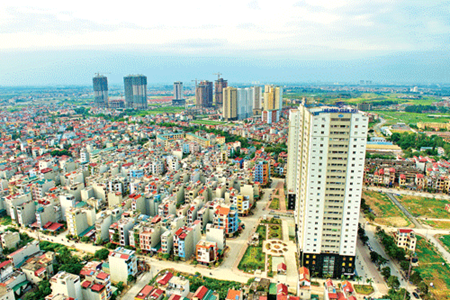 |
| Viet Nam will witness an increase in the number of urban areas from the current 774 to 850 by the end of the year. Photo ashui.com |
At the workshop, other reports and studies were released, largely focused on issues big cities, especially Ha Noi and HCM City, are facing such as population growth, flooding, traffic, shortage of energy, water contamination and salinity.
"Accelerated socio-economic development and global integration, in association with urbanisation, is an irresistible trend for any country," deputy minister of construction Phan Thi My Linh told event participants including Japanese counterparts.
"However, rapid urbanisation has caused various problems in urban areas. Urban infrastructure has failed to meet development demands, flooding and traffic congestion," she said, adding that, "the workshop gave a lot of insight into how construction of green urban areas can move us towards more sustainable development."
"The co-operation, investment, assistance and sharing of experience from Japanese counterparts in both technology and knowledge will accelerate urbanisation in Viet Nam, and improve Viet Nam and Japan's relationship," said Linh.
During the one-day event, co-organised by HCM City's Energy Conservation Centre and Ministry of Construction's Urban Development Department, participating local managers provided details about how policies interacted with the realities of developing ecological urban areas in Viet Nam.
Japanese specialists spoke about Japan's eco-urban area standards, applied technologies and shared ideas about how to bring technologies like solar energy, solid waste treatment solutions, LED lighting and smart-biking systems to Viet Nam's urban areas.
In accordance with Prime Minister Nguyen Tan Dung's Decision No. 445/QD-TTg in April of 2009, Viet Nam's master plan for 2025 must develop urban systems with modern, high-quality and environmental-friendly technology and infrastructure.
What the stars mean:
★ Poor ★ ★ Promising ★★★ Good ★★★★ Very good ★★★★★ Exceptional
Latest News
More News
- Pilot set to help streamline commercial land expansion (November 21, 2024 | 11:09)
- US election result alters financial market outlook (November 21, 2024 | 11:02)
- Gamuda Land Vietnam named Best Developer at PropertyGuru awards (November 19, 2024 | 16:48)
- GELEX Tower achieves LEED Platinum certification (November 19, 2024 | 09:53)
- Real estate businesses expand interest in available land to thrive in 2025 (November 17, 2024 | 08:47)
- Ho Chi Minh City revamps land status (November 17, 2024 | 08:43)
- Trump's trade policies could shape Vietnam's economic outlook: Dragon Capital (November 15, 2024 | 16:56)
- The One Destination partners with Singapore investor and institutional fund to build ESG real estate complex (November 11, 2024 | 10:32)
- Stabilising measures must sit alongside land price hikes (November 07, 2024 | 09:56)
- CapitaLand Development records strong bookings for Orchard Hill (November 07, 2024 | 08:19)




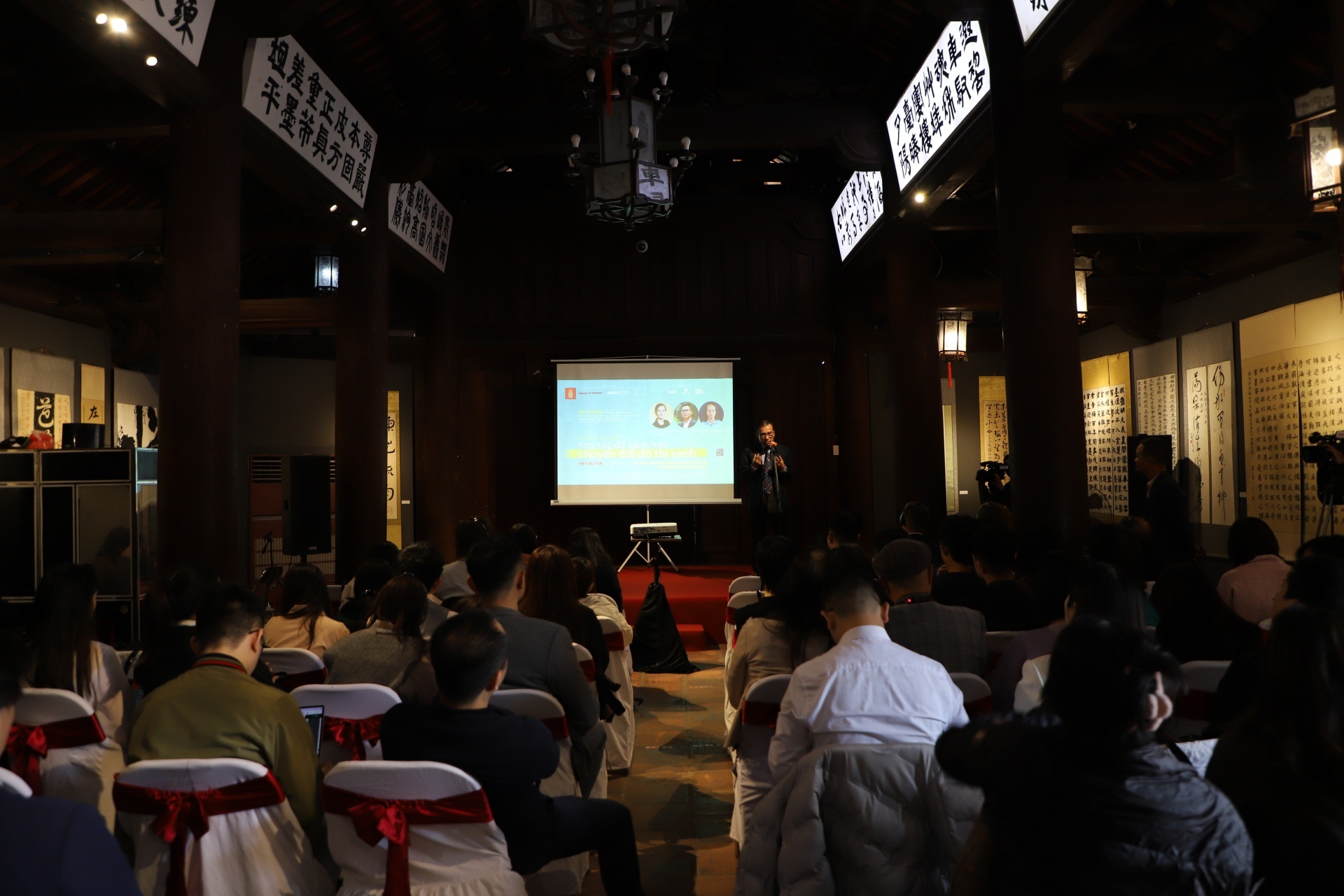
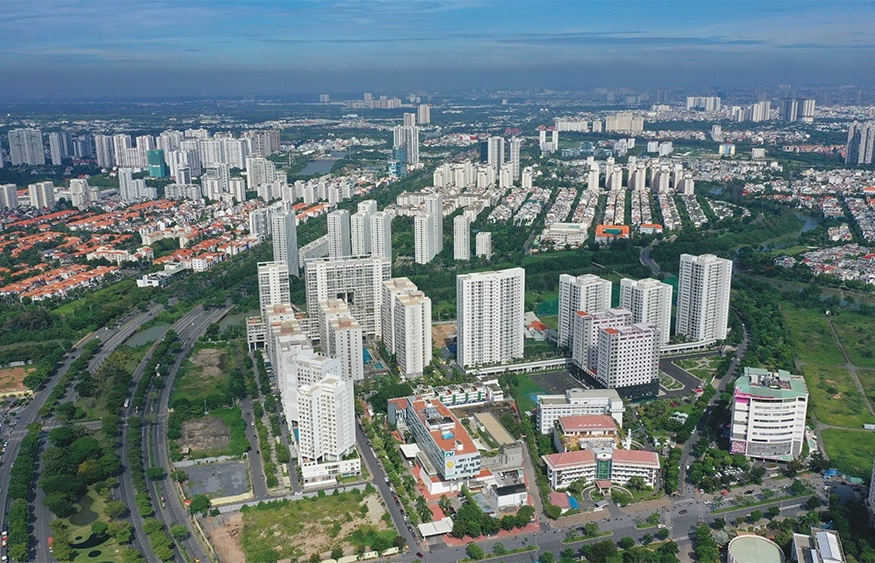
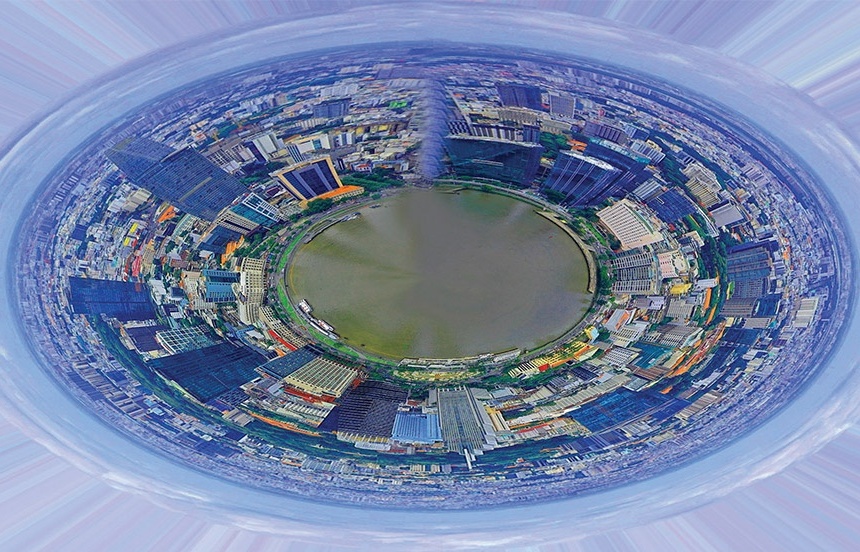
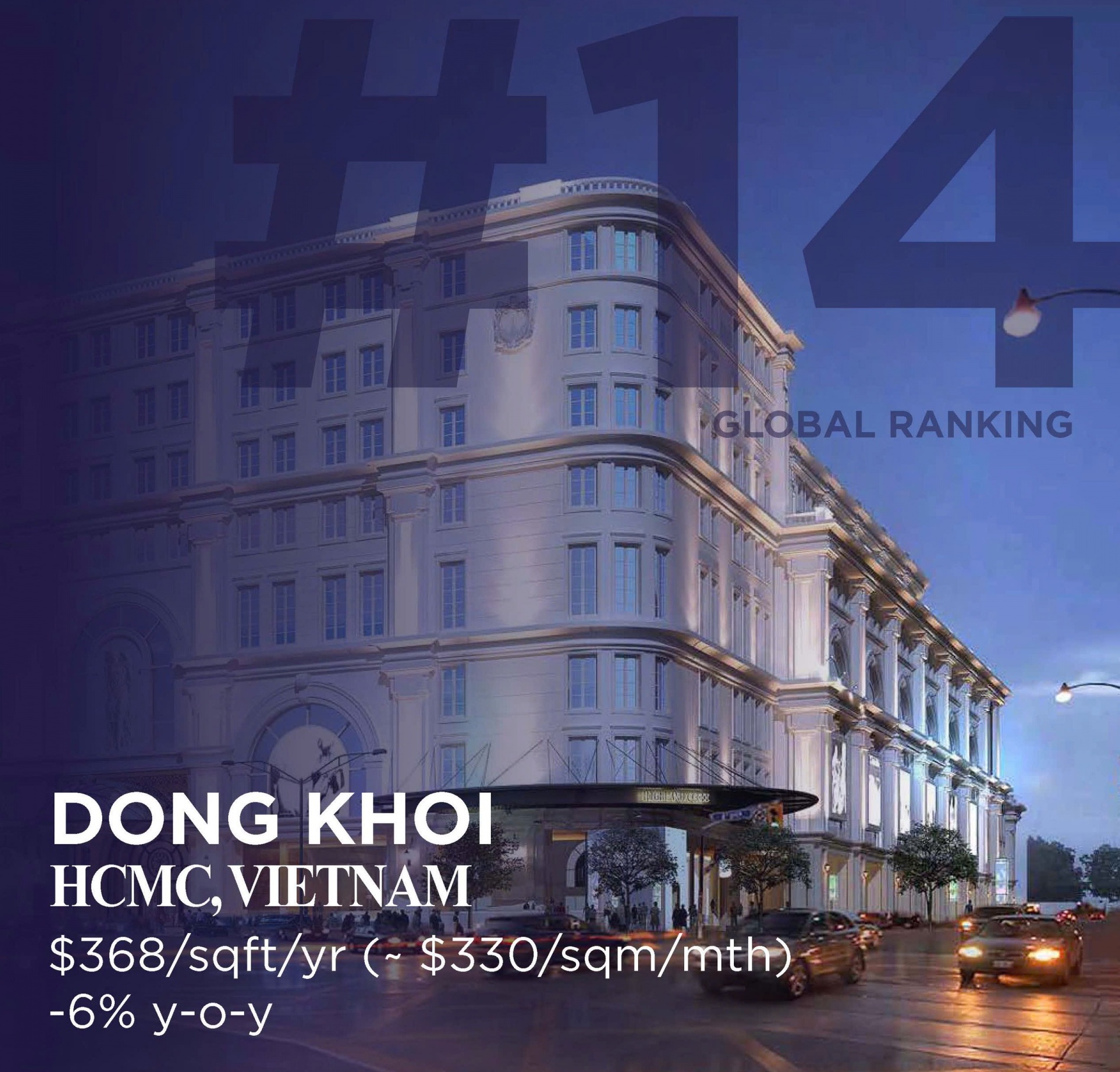
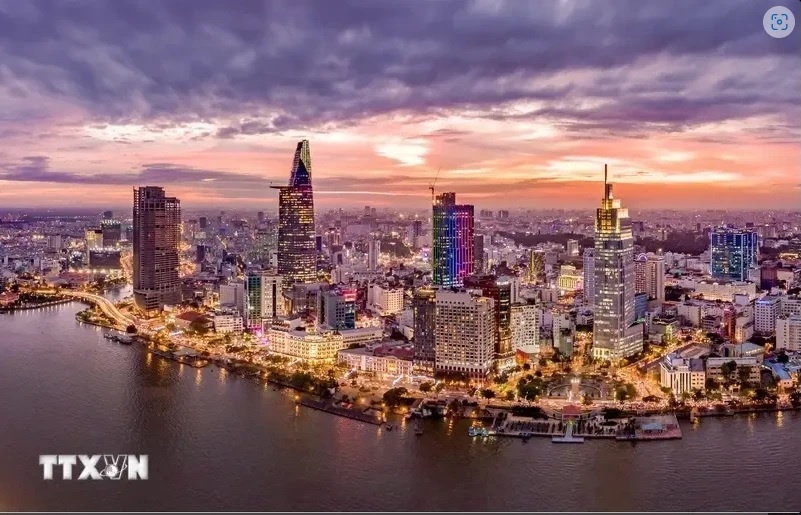



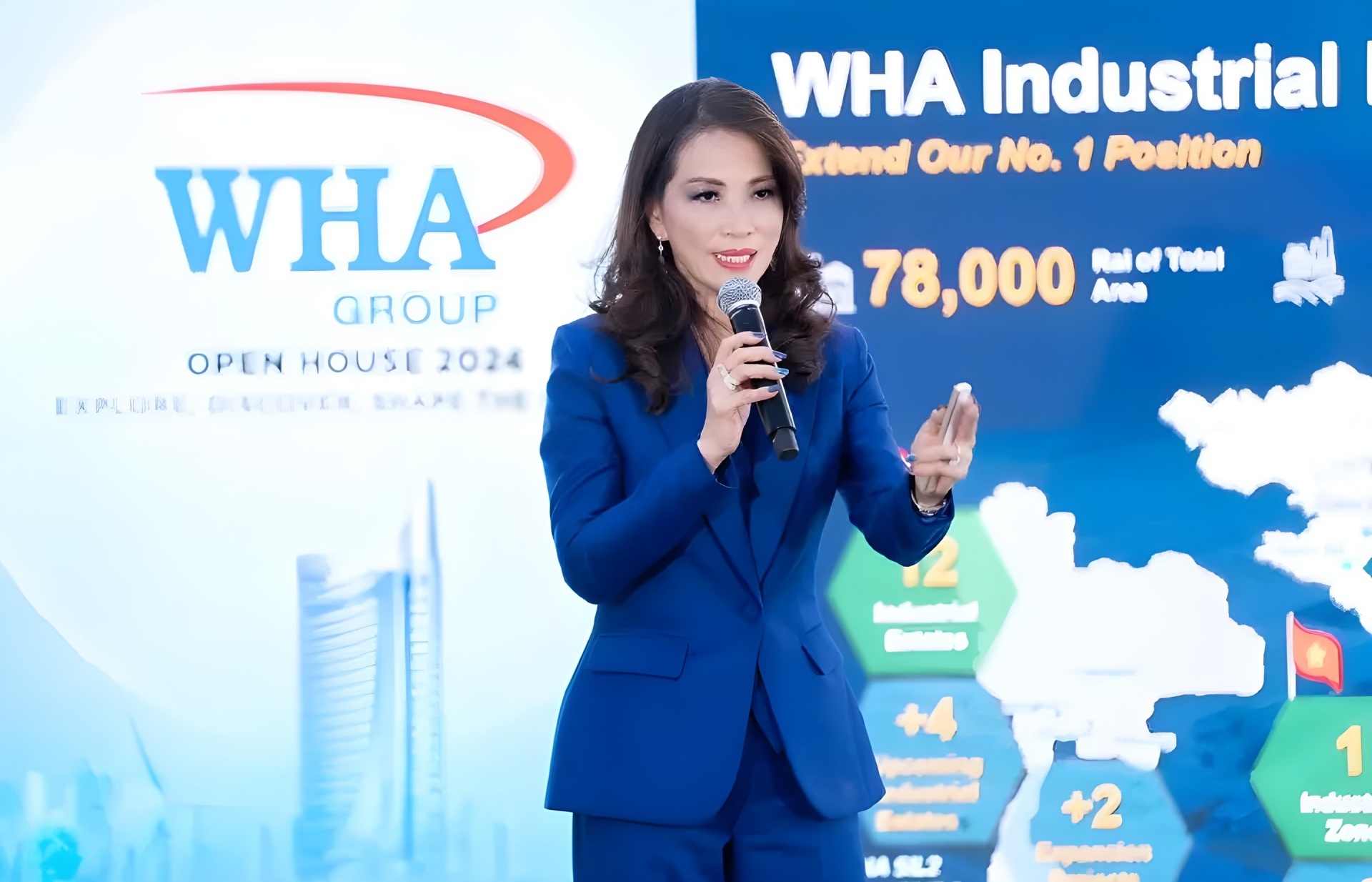
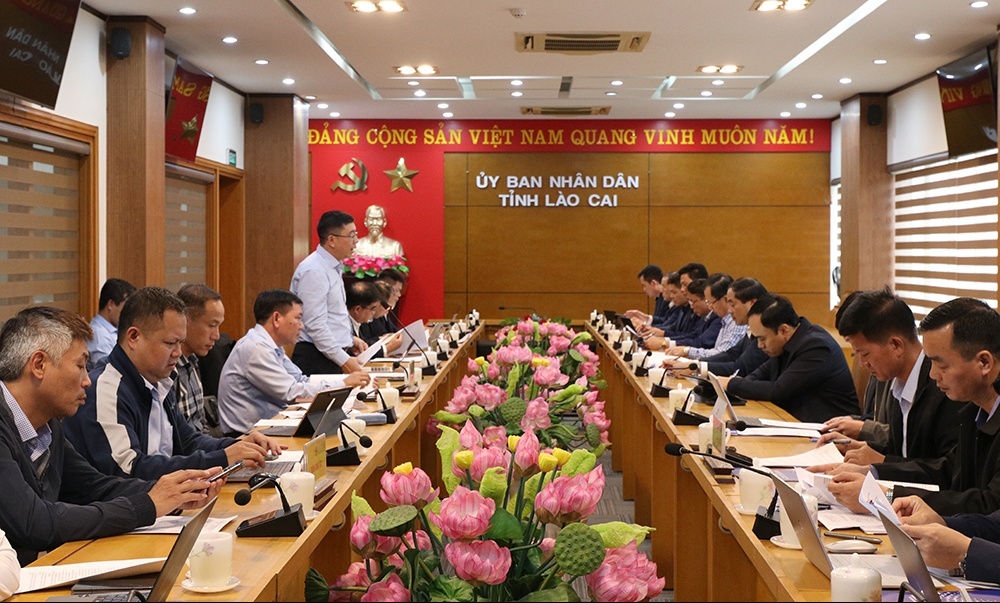
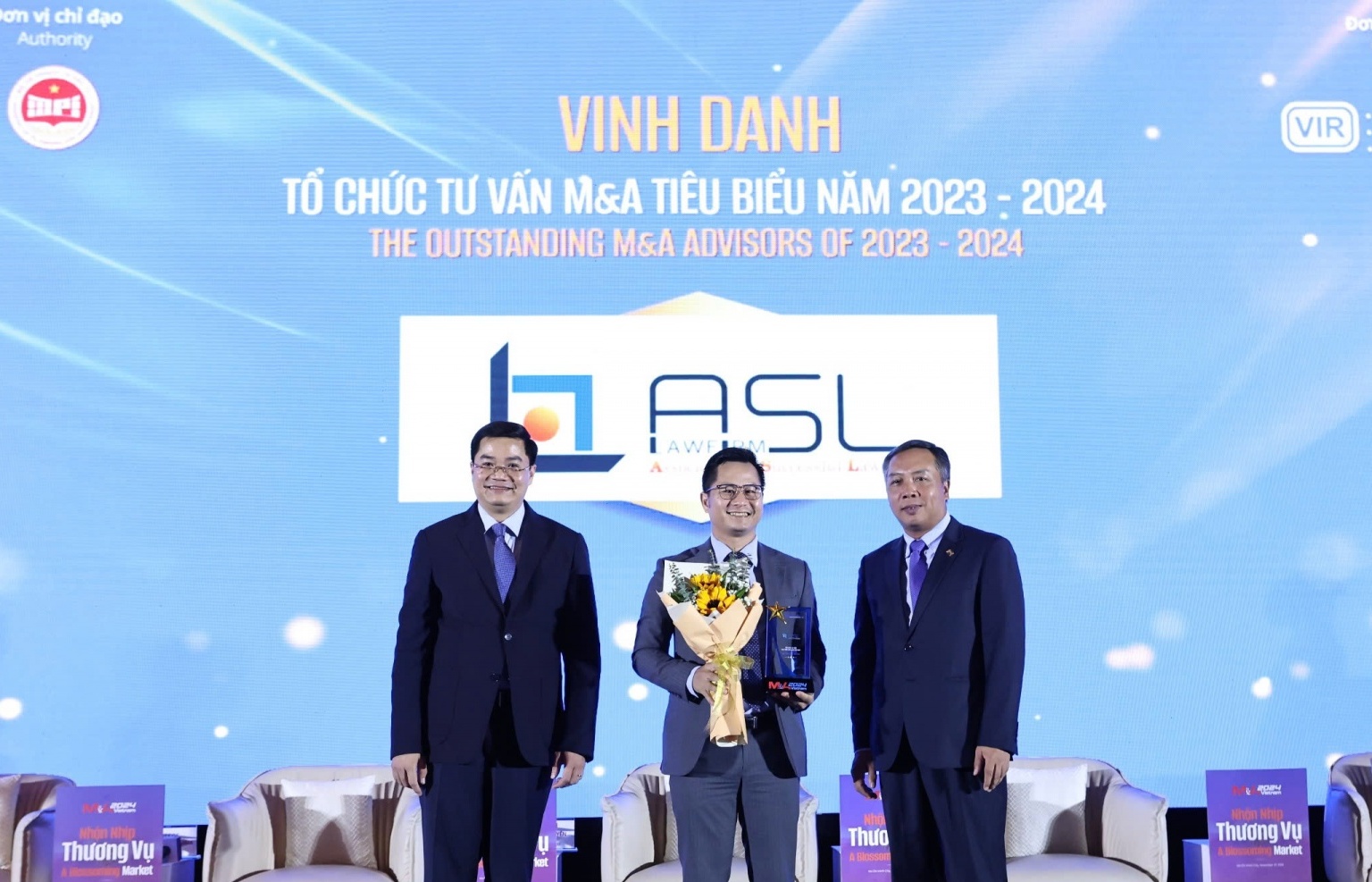



 Mobile Version
Mobile Version